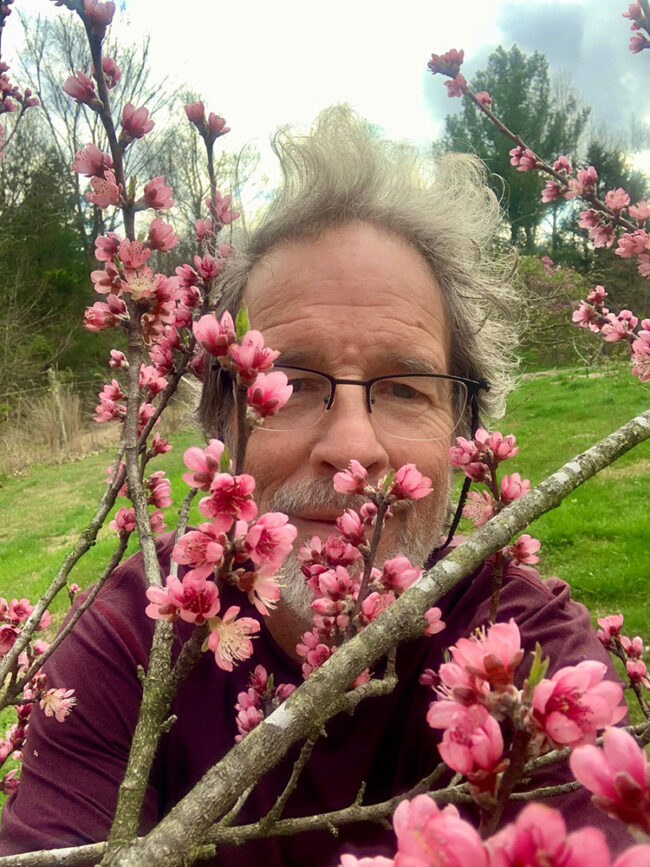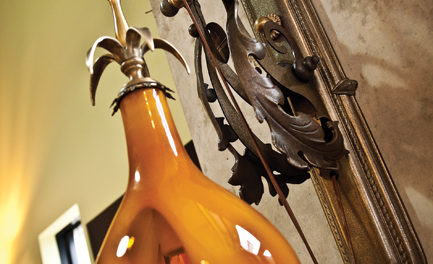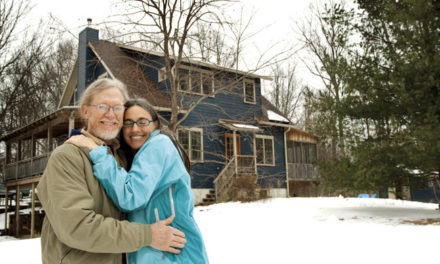
by PETER DORFMAN
Dr. Rob Stone is accustomed to spending time with suffering and dying patients. Still, the COVID-19 crisis has clearly touched a raw nerve. “It could be the fact that patients are so alone,” he says. “The people who love them can’t touch them. That touching is something you take for granted when you treat dying patients. We didn’t see this coming.”
Stone was an emergency medicine physician for 28 years before deciding to concentrate on palliative and hospice care. He currently leads a dedicated palliative care team at IU Health Bloomington Hospital, which he started in 2012, and heads the hospital’s hospice service one week per month.
Stone, 67, works 20 to 25 hours a week, normally seeing patients on Tuesdays and Wednesdays. It’s mostly an outpatient practice. Stone was even making house calls before the coronavirus crisis hit.
“Last week I saw one patient in the flesh, for the first time in weeks,” he says. “Before that, I had done weeks of virtual visits. It’s not as satisfying to see patients virtually, particularly because palliative care is such emotional work. For me to cry with patients and their families is not unusual.”
Palliative care is focused on treatment and counseling for patients with life-limiting illnesses, including control of pain and suffering, and end-of-life planning. A capacity for emotional connection with the dying and their families is essential to the work, but it can be draining.
“One of the nurses tells this story—a COVID patient was in the intensive care unit, clearly dying,” Stone relates. “The family was within the ICU with protective equipment on, but they couldn’t be in the room, so they were behind a window. They were trying to talk to the patient through a FaceTime connection. The patient was taking their last breath …”
Stone pauses, audibly overwhelmed.
“… The nurse who was holding the patient’s hand reached across and took the hand of another nurse, who reached out and put her hand against the window, so the patient’s daughter could touch through the glass. They just improvised that at the last minute.”
More recently, the hospital has changed its protocols so that family members can be fully gowned, masked and gloved, so they can be close to patients in their last moments.
As Indiana began to ease social distancing restrictions, several counties, including Monroe, elected to keep restrictions in place for an additional two weeks. Epidemiological models suggested coronavirus infections in Monroe County would peak in the second week of May.
“At Bloomington Hospital, we had to set up our own protocols for how we would handle rationing ventilators if it ever came to that,” Stone says. “We’d learned a lot from what was going on in New York City about how to mobilize more ventilators and expand ICU capacity. We had 10 or 12 COVID-positive patients on ventilators, which is a lot for us. So we had a taste of it—enough to be terrifying, but luckily not as bad as the real epicenters had it.”
Stone’s part-time status has limited his risk of exposure to infection, and given him time to decompress at the country home he shares with his wife, potter and political activist Karen Green Stone. “We’ve been enjoying the springtime, even though it’s been a cold spring,” Stone says. “I’ve been working outdoors when I can, in the garden, and walking in the woods. That’s been tremendously helpful.”










